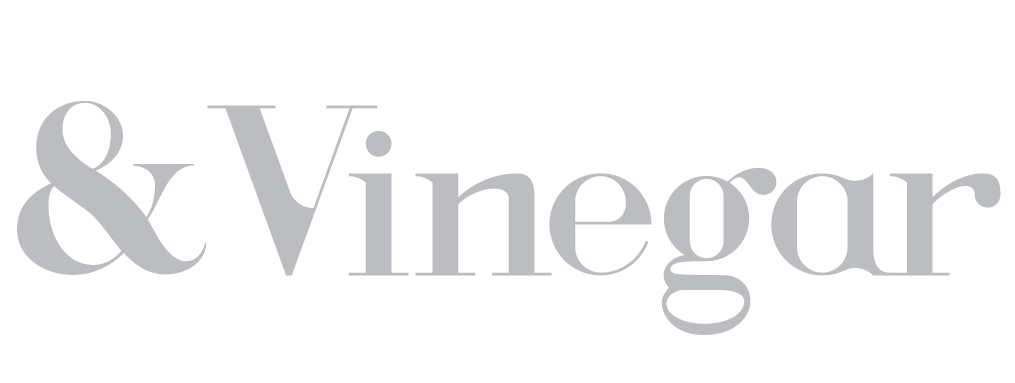Why fonts matter
The way your words look is part of your brand. The fonts you choose for your words can alter their meaning. Let’s find out why. Plus, what you can do about it.
Nerdy design question for you. Do you have a favourite font? Do you have a default font on Word or Pages which you can’t do without? I know I do. (It’s Calibri, thanks for asking!) What fonts do you use for your business’ logo, website, advertisements and printed materials?
Perhaps you don’t have a favourite font. Maybe you’ve never thought about fonts at all. However, you should, because your readers do, even if it’s only in their subconscious mind. Fonts matter. They are part of your brand (You can probably recognise the fonts used by Kellogg’s or The Times by seeing only one letter). They give an impression to whoever sees it about how to process what you’ve written. They are a fundamental element of design.
In this article, we will look at 4 types of fonts, what they mean, when to use them and when not to use them.
1 – Serif fonts
What are they? – Letters printed in a serif font have small lines (serifs) on their edges. This makes them easier to read when they are printed. A familiar example would be Times New Roman.
What do they mean? – In a 2006 survey of over 500 people, serif fonts were perceived to be ‘stable’, ‘practical’ and ‘mature’. SOURCE
When to use them – Serif fonts are good if you’re writing a printed book or printed matter with large chunks of text. Because of their traditional image, serif fonts are great for conveying gravitas. If your brand is targeting an older audience, a serif font could be a good choice. It’s why The Times uses a serif font in their newspapers. Heavy, serious writing is part of their brand. Wikipedia is a modern brand, but uses a serif font in its logo to convey reliability.
When not to use them – If you’re trying to appear light and fun-loving, or targeting young people, serif fonts may not be for you.
2 – Sans serif fonts
What are they? – Any French speakers reading will know that ‘sans’ means ‘without’. These fonts do not have the little lines on their edges. Sans serif fonts, such as Arial or Helvetica, are seen widely online. All the fonts used on Google and Facebook are sans serif.
What do they mean? – Sans serif fonts are generally thought to be cleaner and more modern.
When to use them – If you’re writing for the web, you should use a sans serif font because they are easier to read on screens. The same is true is you are targeting young adults or children with your brand. Younger people find sans serif fonts more straightforward to read. If you are trying to promote cool, modern brand image, then a sans serif font is a great choice. It works for Apple!
When not to use them – Some readers find sans serif fonts harder to read when they are printed.
3 – Script fonts
What are they? – Script fonts look like human handwriting.
What do they mean? – In the 2006 survey, participants said they found script fonts ‘feminine’, ‘funny’ and ‘casual’. SOURCE
When to use them – Script fonts convey a personal touch, which is why they’re often used in party invitations. In business, they can be used when you want to talk ‘to’ your reader on a personal level, rather than ‘at’ them. Brands like Coca-Cola, Ford and Kellogg’s use script fonts in their branding, because they are heritage brands trying to forge a close relationship with their customers, who in turn reward them with loyalty.
When not to use them – Script fonts are good in short bursts but can tire the reader if used in large chunks of text. If you do use script fonts in your branding, don’t write in all uppercase letters. Capital letters in script fonts are virtually illegible.
4 – Display fonts
What are they? – Display fonts are stand-out, decorative fonts. These are the thick, bold fonts that catch your eye when you see them.
What do they mean? – Display fonts are there to make an impact. They are assertive and are there to grab the reader’s attention.
When to use them – If you are designing headlines or short pieces of copy for advertising, display fonts are ideal. In branding, most logos use display fonts to stand out. Think of the logos for Lego or Samsung. The text leaps off the package, page or screen. They’re instantly recognisable.
When not to use them – Display fonts must be used sparingly in print. Too much bold copy tires the reader.
How to choose the right font
When designing materials for your business, whether it’s a website, a flyer, an advertisement or anything else, you must choose a suitable font.
Think about what you want your design to say about your business. Consider your font as deeply as you would your images and your text. Think of your target audience. If you’re trying to appeal to young people, you wouldn’t use an image of an old couple, so don’t use an old-fashioned font.
Match your font to your reader and the occasion. Make sure your font grabs and holds your reader’s attention, but without tiring or confusing them. You may use more than one font in your design, so make sure they match and don’t jar with each other. Above all, make sure the fonts you choose are readable. Experiment with different choices of font and find the right one for you.
At Vinegar Creative, we specialise in sharp design that attracts customers, connects and tells your story. Of course, we also help you find the right fonts for your business. If you’d like to find out more, please give me a call on 07855 422710.

